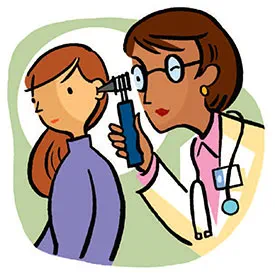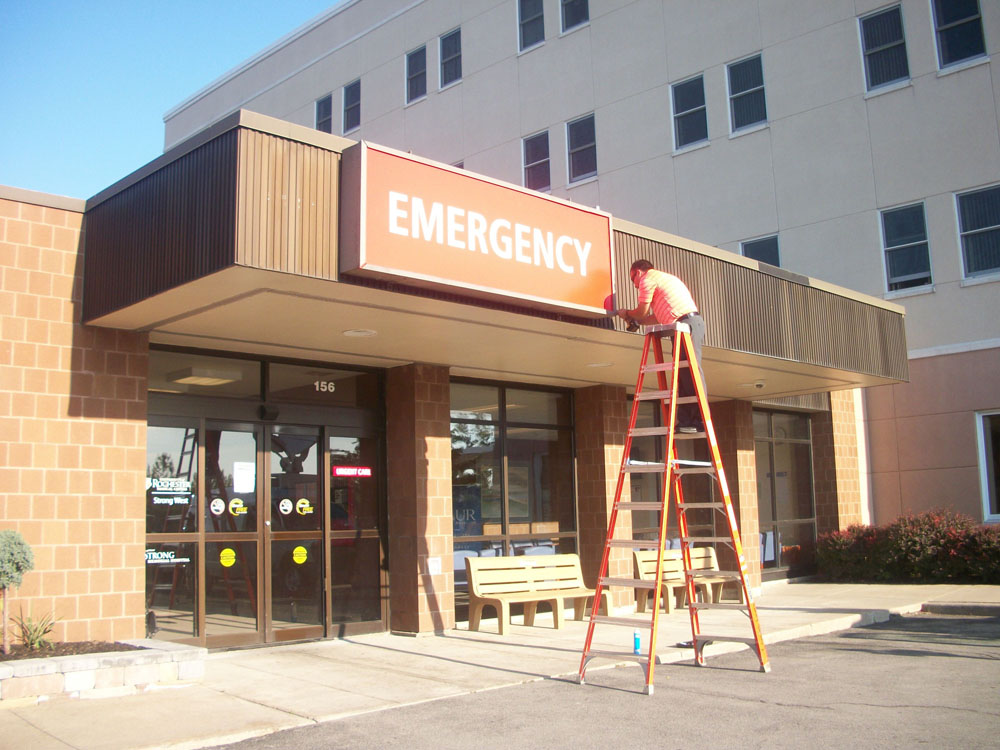New study calls for reassessment of the need for ear tube surgery in young children

It is the most common surgery for small children with anesthesia – tympanostomy ear tube placement for children with acute otitis media (AOM), ear infections. A new study led by Dr. Michael Pichichero, Director of the Rochester General Hospital Research Institute, now finds many children who are having the ear tube surgery may not need it after all.
The results of that research were published and released in an article January 9 in Pediatrics, the official journal of the American Academy of Pediatrics (https://bit.ly/3Qp4Fua).
Pichichero and his Rochester colleagues spent a decade studying nearly 300 local children in pediatric care offices. They found 90% of children who get ear tubes for recurrent ear infections, by the time the decision is made to have the surgery, the frequent ear infections have stopped and the surgery is unnecessary.
Pichichero concludes the insertion of ear tubes likely occurs in many children after the window in time of susceptibility to recurrent infections has passed or only one more ear infection may be prevented at most.
“Millions of children worldwide have been getting ear tubes, and physicians and parents saw that the ear infections stopped. So they concluded the ear tubes caused the infections to stop. We found the infections were going to stop anyway even if the child did not receive ear tubes because his/her susceptibility to ear infections is over by the time the surgery is performed,” said Dr. Pichichero.
There are exceptions for children in daycare who at around six months old start getting ear infections. They are likely to have three or more ear infections in the first year of life. Ear tubes could be recommended for those children who remain in daycare.
About half a million children a year between the ages of one and three, receive ear tube surgery in the U.S., at an annual cost exceeding $1 billion a year. With the new information from his study, Pichichero wants doctors and parents to reconsider the necessity and timing of ear tube surgery because he says, the future is not predicted by the past. A young child who has several ear infections in a short window of time, does not necessarily have more ear infections later.
“We developed a prediction model for doctors, so they could input a child’s age, number of ear infections and daycare yes or no, and receive back an estimate of the number of likely future ear infections for that child. With that knowledge, physicians and parents can make more informed decisions,” said Pichichero.
Provided information




